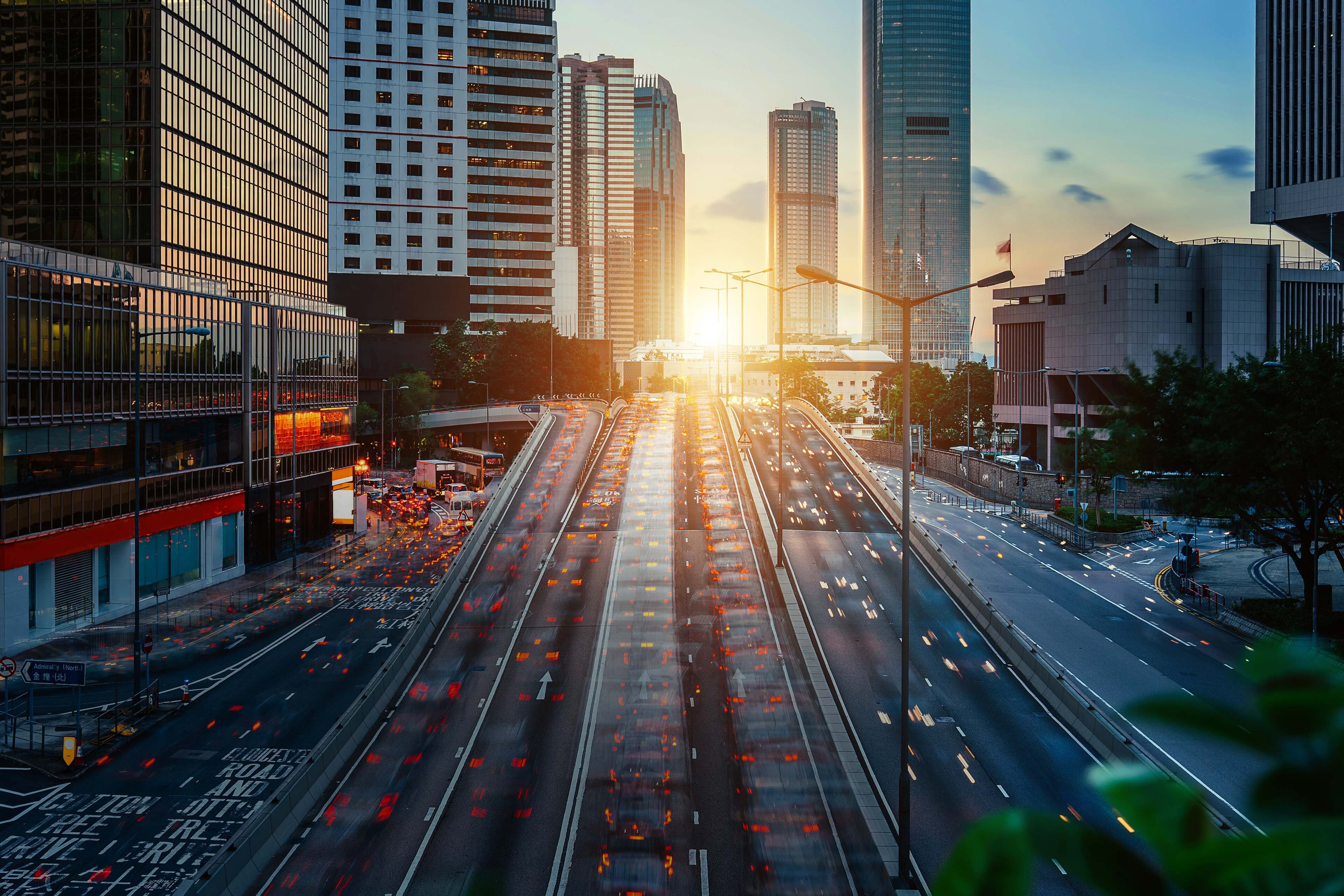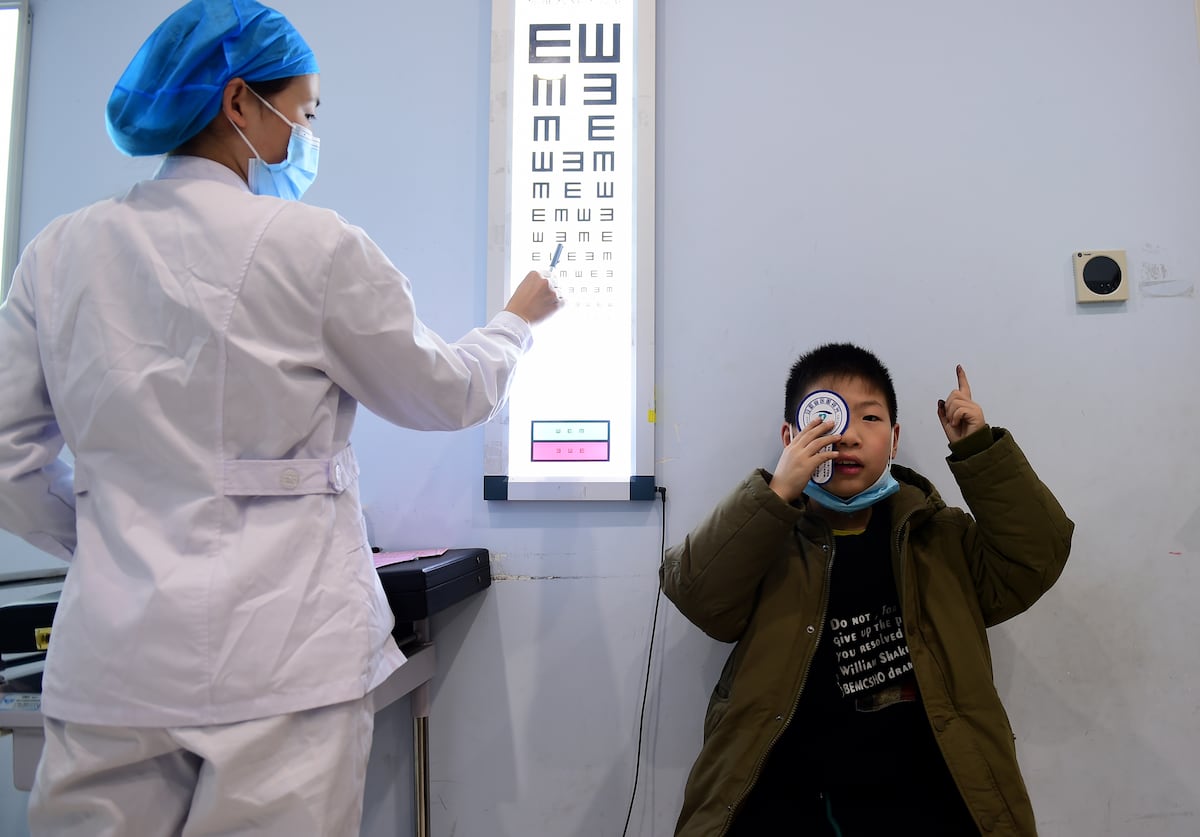- 54 Posts
- 25 Comments

 11·10 months ago
11·10 months agoThe rapid growth in power generation from solar shows that the solar capacity boom is delivering new electricity supplies at a scale sufficient to cover much of China’s demand growth.
This reinforces the view that China’s CO2 emissions are in a period of structural decline.
“I didn’t read the article but I’m a racist fuck who hates yellow people”

 4·10 months ago
4·10 months agoFunny how your entire argument is invalidated by their previous article today:
China’s property bender has led to long, tough hangover: economist Mao Zhenhua

 3·10 months ago
3·10 months agoHonestly this is probably the only way to actually get those resources developed at this point.
Sinopec and Rosneft are absolute beasts in scaling O&G. Given China’s specific USD reserve issues right now, it might make sense to route US assets into developing Sinopec assets abroad.

 31·10 months ago
31·10 months agoIIRC China does not yet see an easy way to solve the whole “in the winter the sun shines less” problem… So here we are.

 323·10 months ago
323·10 months agoThe proportion of China’s electricity produced from fossil fuels (56%) is now lower than it is in the US (60%). What an absolutely MONSTROUS performance.

 205·10 months ago
205·10 months agoOh no! The millionaire is now not a billionaire… And the developer was sentenced to life in prison.
Anyway…

 2·10 months ago
2·10 months agoYou’re barking up the wrong tree with this one. The real story is the number of US Olympians that have TUEs that coincidentally are performance enhancers and the relative lack of TUEs for other countries’ Olympians (e.g., China).

 264·10 months ago
264·10 months agoIndia: Deal?
Russia: Deal.
America: Isn’t there somebody you forgot to ask?

 161·10 months ago
161·10 months agoSurely this can’t be caused by the biggest economies in the world relying on “clean” natural gas (that is, 99% methane) instead of “dirty” coal… Right?

 31·10 months ago
31·10 months agoThis is basically a meltdown-proof reactor wtf lmao

 132·10 months ago
132·10 months agoYeah fuck Canada ig
Edit: just to clarify, the Canadian government gave them more than half a billion for the EV retrofit. Guess that’s all money pissed into the wind now.

 323·10 months ago
323·10 months agoIt’s not subsidized though guys don’t worry

 3·10 months ago
3·10 months agoTo celebrate Tesla’s US$788 billion market cap in comparison to BYD’s $93 billion is to confuse incentives with outcomes. Both companies receive generous tax breaks and other government goodies. That Tesla is far more profitable than BYD while EVs have far less market penetration in the US is evidence of policy failure, not Elon Musk’s brilliance. Tesla pocketed the incentives while BYD (and competitors) delivered outcomes.
What we want from the butcher, the brewer and the baker are beef, beer and bread, not for them to be fabulously wealthy shop owners. What China wants from BYD and Jinko Solar (and the US from Tesla and First Solar) should be affordable EVs and solar panels, not trillion-dollar market-cap stocks. In fact, mega-cap valuations indicate that something has gone seriously awry. Do we really want tech billionaires or do we really want tech?

 01·10 months ago
01·10 months agoPutin can wax lyrical about Russian history going back millenia without notes. Biden can…

 01·10 months ago
01·10 months agoA recession typically follows after interest rates come down (interest rate cuts are a leading indicator of a recession because the Fed is usually too slow to cut).

 01·10 months ago
01·10 months agoMeanwhile US O&G:

 0·11 months ago
0·11 months agoThis is where China’s “debt trap diplomacy” might actually be beneficial for Kenya…
China’s loans serve to improve the top-line (economic growth), and China’s loan concessions don’t affect that. When Kenya puts Mombasa Port’s 50-year operating and port fees up for collateral, that’s a hit on the bottom line (Kenya’s government revenues) but does not change the fact that the port still exists to drive economic growth. Moreover, often the short-term hit in port revenues is less than the interest that would’ve been paid on the loan, so these collateralized loans are often cashflow neutral or even cashflow positive to default on.
The IMF and World Bank are more focused on padding the bottom line (tax revenues) by increasing taxes and decreasing subsidies. What an insane policy.
If a country can’t grow, how can you expect it to pay off it’s loans? The entire principle of government loans in the 21st century is that GDP growth makes loans progressively less expensive. The IMF and World Bank exist only to keep developing countries poor.

 0·11 months ago
0·11 months agoIs it time to disprove CSIS claims again?
Here’s what CSIS claims for the 2009-2023 period:
$65.7B buyer rebates
$117.6B tax exemptions
$4.5B infrastructure subsidies
$25B research and development
$18B government procurement
Rebate estimates are based on published rates for qualifying vehicles and assume that 25% of EVs sold were not eligible. Rebate estimates prior to 2023 assume local government support amounted to 15% of central government support. The sales tax exemption is calculated using the stated 10% tax exemption for qualifying NEVs. Infrastructure subsidy estimates are based on funding amounts provided by the Ministry of Science and Technology. R&D estimates use government-funded R&D statistics and assume that 90% of auto R&D expenditure went towards NEVs. Government procurement estimates assume that 50% of government procurement of autos went towards NEVs. Estimates assume that the average prices of commercial and passenger vehicles are RMB 1.2 million and RMB 250,000, respectively. Annual currency conversions were done using exchange rate data from the OECD.
According to the 2020 policy, only passenger EVs costing less than RMB 300,000 (US$42,376) per unit are eligible for the fiscal incentives.
Let’s backtrack these numbers:
200 billion RMB in total subsidies. 14.1 million in total PEV stock as of 2022, giving ~14.2k RMB/car in subsidies. The top selling EV in China in 2022, the BYD Song, sells for about 180k RMB.
CSIS claims that subsidies are on the order of $230 billion, or 1.67 trillion RMB, but includes 2023 sales (total PEV stock of ~22 million). That’s a subsidy of ~76k RMB/car.
We know that the maximum buyer rebates were cut from 18k RMB in 2020 to 14.4k RMB in 2021 and 12.6k RMB in 2022 (but only for very high range EVs). Let’s assume for a second that China claims 200 billion RMB solely from buyer rebates, and that of the remaining 1.47 trillion RMB, 853 billion RMB came from the purchase tax… At a 10% tax rate, that suggests an average car value of ~390k RMB or ~54k USD. That exceeds the average car value of US car sales (~47k USD).
Clearly, CSIS has some wonky numbers, but where do they come from?
Well, if you were paying attention, CSIS claims are alarmingly close to China’s claims… If you convert to RMB. China claimed that the purchase tax exemption was responsible for a 115 billion RMB subsidy, while CSIS claimed a $117.6 billion subsidy. Due to differences in annual accounting standards, this is entirely possible.
To check, let’s work back based on China’s claims, assuming that the only subsidies China considers are buyer rebates and purchase tax exemptions (because funding research, funding infrastructure, and government procurement are hardly subsidies in China’s accounting). That leaves $85 billion RMB in buyer rebates and $115 billion RMB in tax exemptions. Working back from the known buyer rebates rate (assuming ~14k RMB/car average over all sales), this gives 6 million subsidy-eligible EV sales or an average sale price of 190k RMB.
However, we know that China’s total PEV stock by 2022 was 14.1 million, so what gives? Well, turns out hybrids are still considered PEVs in that accounting (despite receiving far lower subsidies), and the number of BEVs has only really ramped up recently. Moreover, for a variety of reasons not all EVs are eligible for subsidies.
In my next comment I’ll dive into where I think CSIS went wrong.

 1·1 year ago
1·1 year agoHave you sat in a Chinese EV? They put US and European one to shame.
Chinese solar panels used to not be great, but today they’re easily competitive with the best that US and European vendors have to offer but at a fraction of the cost.




Lfg